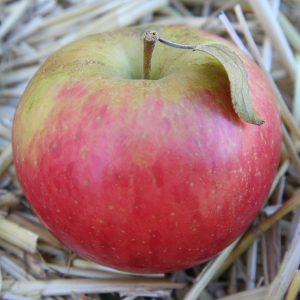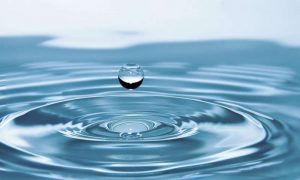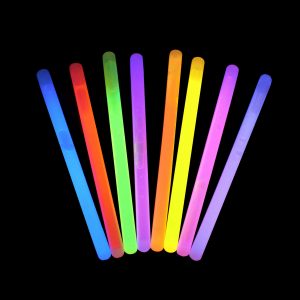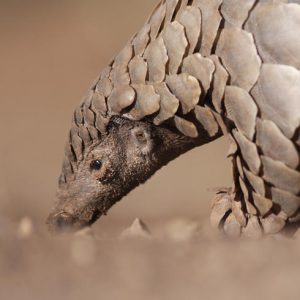No matter which major you’re in, the Psychology program always provides an array of interesting courses to take. Out of them, PSYC 314 is a worthwhile option to look at, as you’ll learn about different aspects of how psychology applies to everyone’s health, from day-to-day life to clinical settings.
Format of the course
PSYC 314 is a typical course with 3 hours of lectures per week. Sit in lecture, take notes, ask questions. The topics covered include stress and coping, health-related behaviours, health service utilization, pain, and chronic and life threatening illnesses, all from a psychosocial point of view.
The evaluation differs depending on which instructor you have. You can take a look at previous syllabi for the course here! With Dr. King, I had 3 equally weighted non-cumulative exams (2 midterms + final) with the option to write a paper, in which case all four assessments would be worth 25%. There was also a bonus 3% possible from HSP credits. If you’re a good writer, I highly recommend doing the paper!
With my prof, each exam consisted of half multiple choice questions from the textbook and half written questions from the lecture. The textbook questions were probably the most difficult as they sometimes required you to draw on extremely specific details. I recall one of the questions I had asking about the mechanism of action of a drug, which was a surprisingly sciencey question for a course with arts credit! Continue reading




